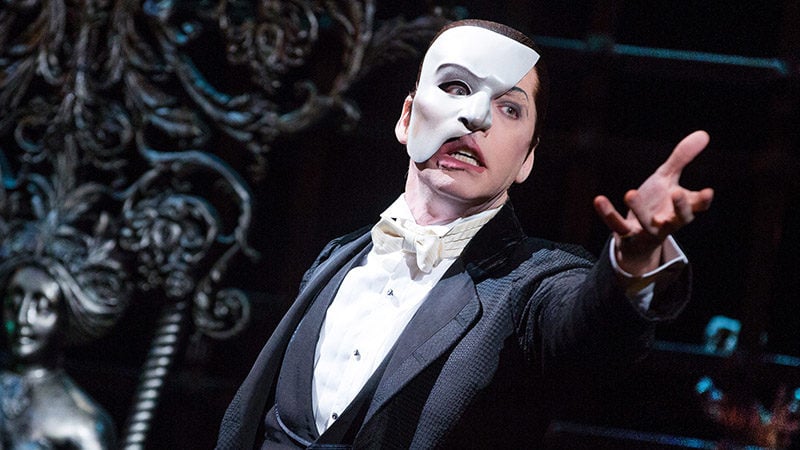The Phantom of the Opera is the longest-running musical play on Broadway. Based on the Le Fantôme de L’Opéra by Gaston Leroux, the story revolves around the Phantom who wears an iconic mask that has been changed in every adaptation.
Initially picking a full mask for the lead actor due to the Phantom’s facial deformity, the production crew of the Phantom of the Opera soon changed it to a half mask to portray the performer’s expressions and eliminate difficulties in singing.
The Phantom of the Opera’s Excellence
The Phantom of the Opera is an internationally known broadway success. It’s known as the longest-spanning musical play on Broadway, lasting for more than a decade. With that said, the Phantom of the Opera, in totality, has grossed more than one billion dollars, performing for more than 18.5 million individuals. (Source: The Shubert Organization)
Based on a classic work of Gaston Leroux, the Le Fantôme de L’Opéra, the Phantom of the Opera revolves around a masked main character that skulks in the catacombs below the Paris Opera House. From then, he feels a deep attraction towards Christine, a pure and youthful soprano. With a fixation for Christine, the masked figure allots his time by honing her skills and talents to make her a star. (Source: Andrew Lloyd Webber)
The initial release of the Phantom of the Opera, by Andrew Lloyd Webber and directed by Harold Prince, was on January 26, 1988. It became the longest-running performance in early 2006, playing for the 7,486th time, outdoing Cats, the past title-holder produced by Andrew Lloyd Webber and Cameron Mackintosh.
Since earning the record for the longest-running play, the Phantom of the Opera continued to prove its excellence by having more than 5,000 shows in an added 13-year span. In 2014, it exceeded classic blockbusters such as Titanic and Star Wars as it reached six billion dollars worth of international grosses.
The Phantom of the Opera has now garnered more than 70 major awards in theatre, such as the 2016 Olivier Audience Award, the seven 1988 Tony Awards, and more of similar nature. Moreover, the recording of the original cast sold a total of forty million copies internationally, deemed as the best-selling cast recording. (Source: The Shubert Organization)
The Development of Phantom’s Mask
The Phantom of the Opera Mask is most known to be a white-colored half-mask, but that wasn’t always the case. Even in the original novel of the Phantom of the Opera, the mask is entirely different, wherein a black domino mask mostly covered his face.
In the other film adaptations, such as the 1925 Lon Chaney silent film, Erik wore a mask similar to a face, with a dust muffler beneath the nose. In the 1943 Claude Reins remake, a bluish-and-white hued mask covered 3/4ths of Erique Claudin’s face. Following that, the Hammer Horror Herbet Lom variant made the Phantom wear an all-white cloth mask that hid all parts of his face, excluding his one eye. Both the Claude Reins and the Hammer Horror are similar as both variations had the Phantom’s face comprise an acid-induced scar.
The subsequent adaptations portrayed the Phantom wearing different masks due to various reasons. Now, people are most familiar with the Phantom’s all-white half mask in the Lloyd Webber Musical, which changed from a full mask to show the lead performer’s expressions and make singing much more comfortable. (Source: Poto Fandom)
